One of the questions that pops up periodically on RMA from those new to running or extending their distances, is “What do I need to eat to power my running, and when do I need to start fuelling mid-run”? This question is a great starting point for the first of the RMA nutrition blogs, and will clear up the confusion surrounding these questions.
When, and what to eat to fuel your running is a complex topic. The information sometimes appears conflicting, and there’s two main reasons for this; the first is that there is no one way, or right way, to eat to fuel your running, and secondly the most appropriate method for any given individual is dependent on many variables such as how far, how fast, and how often you are running as well as your personal goals. It’s also important to note that in some cases eating for performance, and what we popularly see as ‘eating for health’, are not always the same thing. This is particularly true for those with high training loads, where consuming large numbers of calories, in any form, is of higher priority than eating an only unprocessed, fresh food diet. In such cases you will often see athletes eating the normal and healthy amounts of vegies, fruit, dairy, meat and grains, and then topping up their energy needs with high energy, low nutrient choices such as juices, ice cream, chocolate and even pizza.
Energy for Running
The body has three main energy sources; glucose, glycogen, and fat. Protein can be utilised as energy in cases where the other sources are limited, however using protein as an energy source is inefficient and our bodies will avoid doing it. Trying to power exercise with protein alone may result in suboptimal performance.
Glucose and glycogen are the bodies preferred fuel sources, and they are derived from eating carbohydrate containing foods such as fruit, rice, bread, or sweet potato. Glucose, is carried within our blood stream and moved into cells where it is metabolised into energy our body can use. Because glycogen is stored within our muscles, it is quickly utilised when we exercise and provides an excellent and immediate source of running energy. Fat is our other source of energy, but it is a slower and less efficient process, so fat is mostly utilised for energy when we do low intensity exercise.
The proportions of glucose, glycogen, and fat used to power our running vary according to the intensity / speed of your run (relative to you, not relative to another person) (Figure 1), and how long you are running for (Figure 2).
Figure 1: Contribution to energy production at different exercise intensities. (Adapted from Coyle 1995)
Figure 1 shows that at low intensity exercise we use mostly fat as our energy source. As the intensity of exercise increases, we become less reliant on fat and start to use more glycogen and glucose. At the highest intensity of exercise (sprinting, intervals, stairs) we use mostly glycogen, but also become more reliant on blood glucose. While this might worry those who are trying to lose fat mass, remember that overall calorie burn is what’s important in that regard.
What can we learn from this graph regarding how we fuel for running?
- If you are a recreational runner, who does short to mid-length runs at an easy conversational pace, you don’t need to do anything special pre-, mid- or post run in regards to your food intake. This pretty much applies to all new runners starting out, and if you’re in this category simply focus on eating plenty of fresh fruit and vegies, lean proteins and good fats.
- If you throw tempo runs, and sprinting, hills or intervals into the mix, you need to make sure that over the course of each day you’re eating enough carbohydrates to replenish your glycogen stores between sessions, or you will not achieve optimum performance and benefit from your training.
- On race day (whether it’s a 5km, 10km, half or full marathon), make sure you’ve rested your legs and eaten enough carbohydrates over the preceding 3-4 days to have maximum glycogen stores for your best performance.
Figure 2: Energy production over prolonged exercise. (Adapted from Coyle 1995)
Figure 2 shows how our reliance on different energy sources changes with the duration of our exercise. This is because muscle glycogen stores are limited, and cannot be replenished by us during exercise, only when we are recovering. From the graph, we can see that when we first start exercising, we are almost equally reliant on muscle glycogen and fats to fuel our running, but by the 1.5-2 hour mark, blood glucose becomes increasingly important as an energy source. By the 3 hour mark, we’re almost solely reliant on fat and glucose.
What can we learn from this graph in regards to when and how to fuel mid-run?
- If you only ever run for up to 1 hour, you don’t need to fuel mid-run.
- If you feel good running up to 15-18km or 1.5 hours without fuelling, then stick to that. If you like some kind of fuel along the way such as some sports drink, a gel or a Gu chew, then that’s ok too.
- If you are long slow run training for a marathon, you need to start practicing your mid-run fuelling not only for the event ahead, but to get you through those 20km+ runs not feeling like you’re out of energy.
- If you’re running a half marathon event and running for a PB, it probably wouldn’t hurt to fuel once or twice during your run. For example, I completed my half marathon training with no mid-run fuel, but I did take a gel at the 14km mark on race day.
- Full marathon runners need to have their fuelling practised and scheduled to get through their runs without hitting the wall (this is a whole other future blog post!). No intake of sugar mid-run will result in a sole reliance on fat which leads to slowed pace and can be potentially dangerous to your health. Your first intake should be by 1 hour, as you need to be increasing your blood glucose levels before you actually start to rely on glucose as your energy source.
How much carbohydrate do I need daily?
That depends on how much exercise you do, and at what intensity. Below are the Australian Institute of Sport guidelines for daily carbohydrate needs for athletes (2). For us recreational runners it’s probably more appropriate to aim for the lower range of the carbohydrate targets, but increase the amount slightly if you are a very lean, faster runner.
As an example, a 72kg woman, with a higher body fat percentage who is training for a marathon should probably aim for around 5-7 grams of carbohydrate per kilogram per day, depending on that day’s training load which is 360g -500g of carbohydrate a day, higher on her long run days, and increasing towards the end of her training program. On the other hand, a 50kg lady sticking to short distances, doesn’t really need to eat more than 150g – 250g of carbohydrate a day. Some examples of a 50g serve of carbohydrate are: 1 cup rolled oats, 4 slices white bread, 2 bananas, 1 cup rice, 200g pasta, 700ml sports drinks or 2 sports gels (2).
What should I eat before a run?
This is the one part of run nutrition I won’t presume to make general recommendations for as it’s simply too individualised, and depends largely on personal preference and what we can stomach without causing ourselves digestive discomfort or desperate dashes to the toilet! Some people don’t like eating before a run at all, and that’s ok, depending on your goals. It’s also important to note, that if you are training for an endurance race, you can ‘train your gut’ to accept foods pre- and mid-race if you practice.
For those that do like to eat, or must eat as they are heading into a long distance or endurance event, here are some of the options recommended by RMA members.
- A banana and peanut butter on a bagel
- A double-shot cappuccino
- A banana
- Two slices of toast
- Oats with or without fruit
- Yoghurt
- Juice
How should I fuel mid- long run or marathon?
The goal here is to be taking in energy before your glycogen stores run low. The general rule is to aim for 30-60g of carbohydrate an hour commencing in the first hour, but again you need to find the strategy that works for your stomach, and practice it ahead of time. 60g an hour is a high target that most amateur runners won’t reach so aim for 30g and see how you go. Many runners will consume their energy from sports gels and drinks as they are the easiest and most convenient options. Energy gels contain about 25g of carbohydrate per pack, and need to be taken with water. Sports drinks contain about 18g per 250 ml of liquid.
Specialised sports products are not your only race fuelling options though and many runners eat jelly beans, snakes, and dates just as a few examples. However, when comparing the carbohydrate content of these options, they tend to be a lot lower than sports products so caution and practice is needed to get your fuelling strategies right.
What should I eat to recover from a long run?
The best answer here for us recreational runners is carbohydrates and protein, in any form you like. The goal here is to eat protein and carbohydrates in combination, as protein helps to increase the rate at which your glycogen is replenished from ingested carbohydrate, and aids the repair of muscles (3,4). A protein shake with added carbohydrates (such as milk, or banana) would work, but the humble chocolate milk has been tried and tested and proven to be an effective post run refuelling option (5). My favourites are a cappuccino, an egg and bacon roll, or chocolate milk.
Hopefully you now have a good grasp on what to eat to power yourself through your long runs. Please let me know what nutrition topics you’d like to hear more about in future blogs.
- Coyle EF 1995 ‘Substrate utilization during exercise in active people’ Am J Clin Nutr vol. 61 pp.968S-79S.
- AIS 2014. ‘Carbohydrate: the facts”. http://www.ausport.gov.au/ais/nutrition/factsheets/basics/carbohydrate__how_much
- McLellan TM et al. 2014 ‘Effects of protein in combination with carbohydrate supplements on acute or repeat endurance exercise performance: A systematic review’ Sports Med vol. 44 pp. 535-550.
- Tipton KD & Wolf RR 2004 ‘Protein and amino acids for athletes’ J Sp Sci vol. 22 pp.127-41.
- Desbrow B et al. 2014 ‘Comparing the rehydration potential of different milk-based drinks to carbohydrate-electrolyte beverage’. App Phys Nutr Me vol. 39 pp. 1366-1372.
Sally Mitchell is finishing off her Masters of Nutrition at Deakin University. You can find her nutrition consultancy Food to Fit at www.facebook.com/foodtofitau
Sally would like to acknowledge the contribution of Rachel Eagleton to the editing and review of this blog. http://www.nourishd.co/
© Copyright 2015, Sally Mitchell 2015. May not be reproduced without permission.
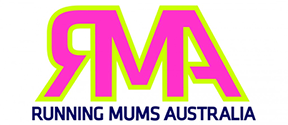

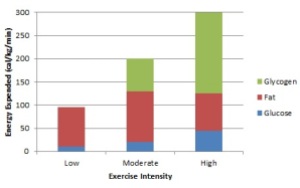
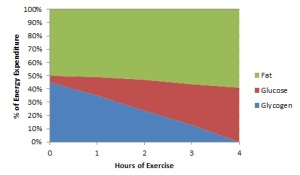
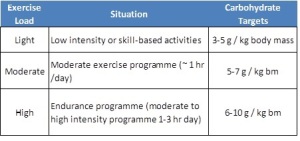
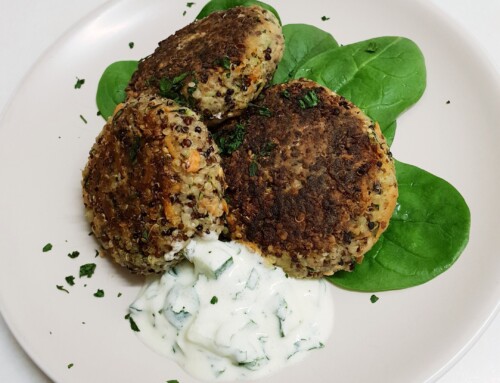
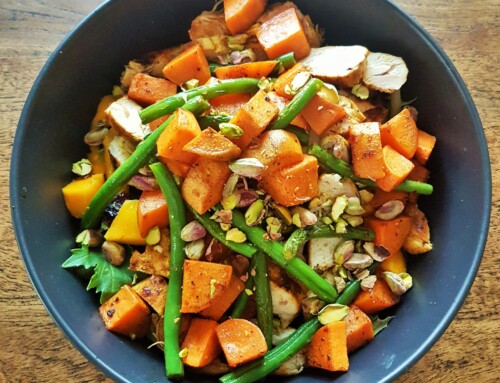
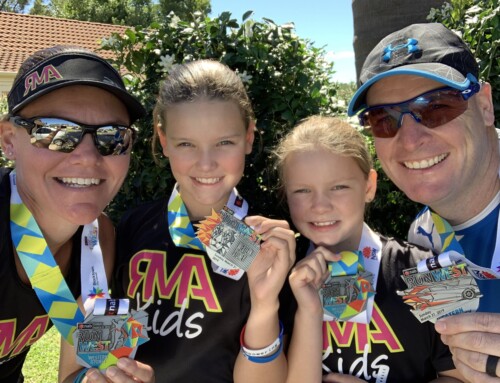
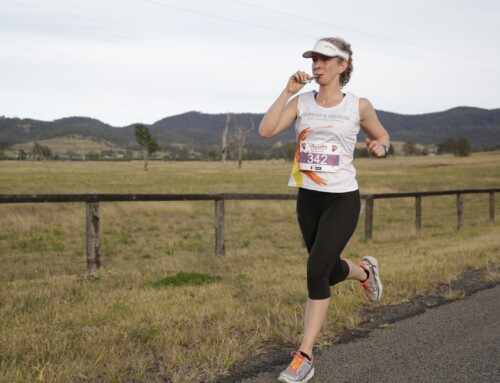
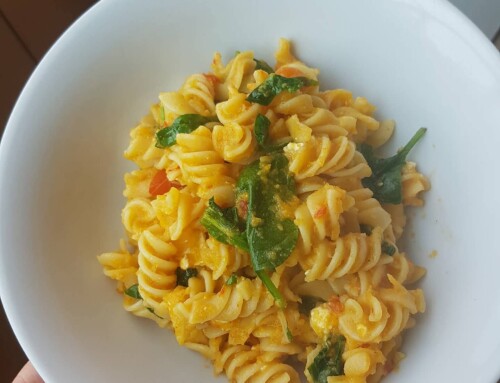
Leave A Comment